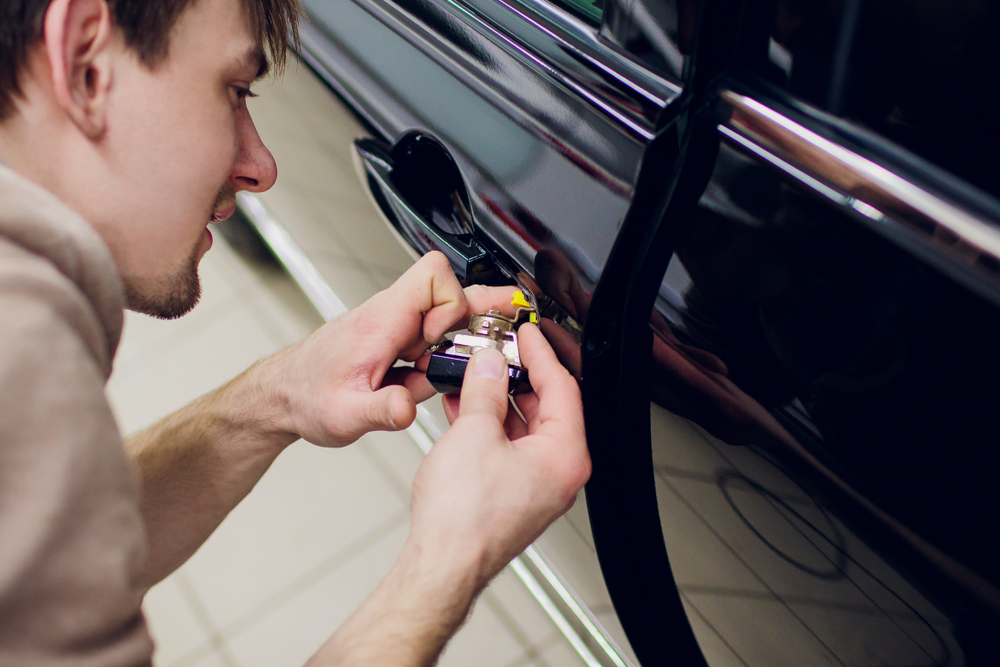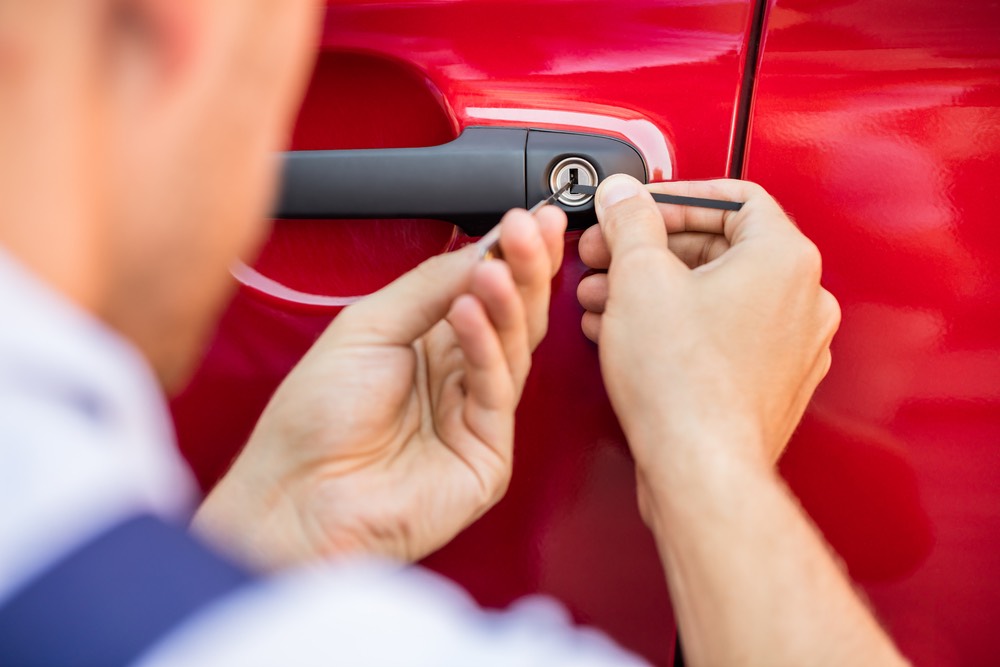
How to Fix Sticky Car Door Locks
If you notice your car door locks become sticky, it can be a pain. There are a few ways to fix sticky car door locks, but you have to figure out what the issue is first. After diagnosing the reason for your sticky locks, you can fix the issue.
Diagnosing Sticky Car Door Locks
Often, sticky car door locks happen when you have a bad lock actuator. If you tried to unlock the door with a remote and the interior lock is stuck, it might be a bad lock actuator. This can lead to a safety concern and can be very annoying.
If you have a bad door lock actuator, it can be fixed, however. It might be best to hire a good automotive locksmith to make sure it’s handled properly. The most common signs of a bad door lock actuator include:
- The inside door handle lock will only move slightly, but it won’t move enough to engage the actual lock.
- The inside door handle won’t lock or unlock.
- You can hear the mechanical clicking in the door, but the lock remains stuck.
If you notice any of these signs, a good locksmith can help fix your broken door actuator.
Another reason your car door locks might become sticky is a broken door latch cable. If this happens, the cable might not have enough force to unlock the door. This issue can cause you to have sticky car door locks that need to be fixed.
How to Fix a Stick Car Door Lock Fast
The fastest way to fix a sticky door lock is to use lock lubricant. This might work if the issue can be fixed with a little bit of oil. However, make sure not to use WD-40, sewing machine oil, or linseed oil. Each of these can cause bigger issues and won’t help you fix your sticky car door lock.
Other ways to fix this issue include opening the door up and looking inside. If you have no experience with this, it’s best to hire a professional locksmith to fix the issue for you.
Removing the door panel is the first step and you will have to disconnect the door latch and the cables. If the actuator is the issue, you will have to take it out and potentially replace it. Doing this yourself might not be possible if you don’t know what you are doing.
There are a few specific reasons why you might have sticky door locks. Before you can fix the issue, it must first be correctly diagnosed. Figuring out why your locks are sticking isn’t always easy, either.
Often, it could be caused by the door lock actuator or the cables. It may just need a little bit of the proper oil. Other times, there might be a part that needs to be replaced because it has failed.
No matter the reason you need to fix a sticky door lock, you need the right solution. If you don’t know how to handle this on your own, and automotive locksmith in Chicago is the best option. With a professional locksmith, you won’t have anything to worry about.
A good locksmith will not only diagnose the issue but also fix it pretty quickly. Your locksmith will know how to open up your door panel and fix the issue, no matter why your locks are sticking.

